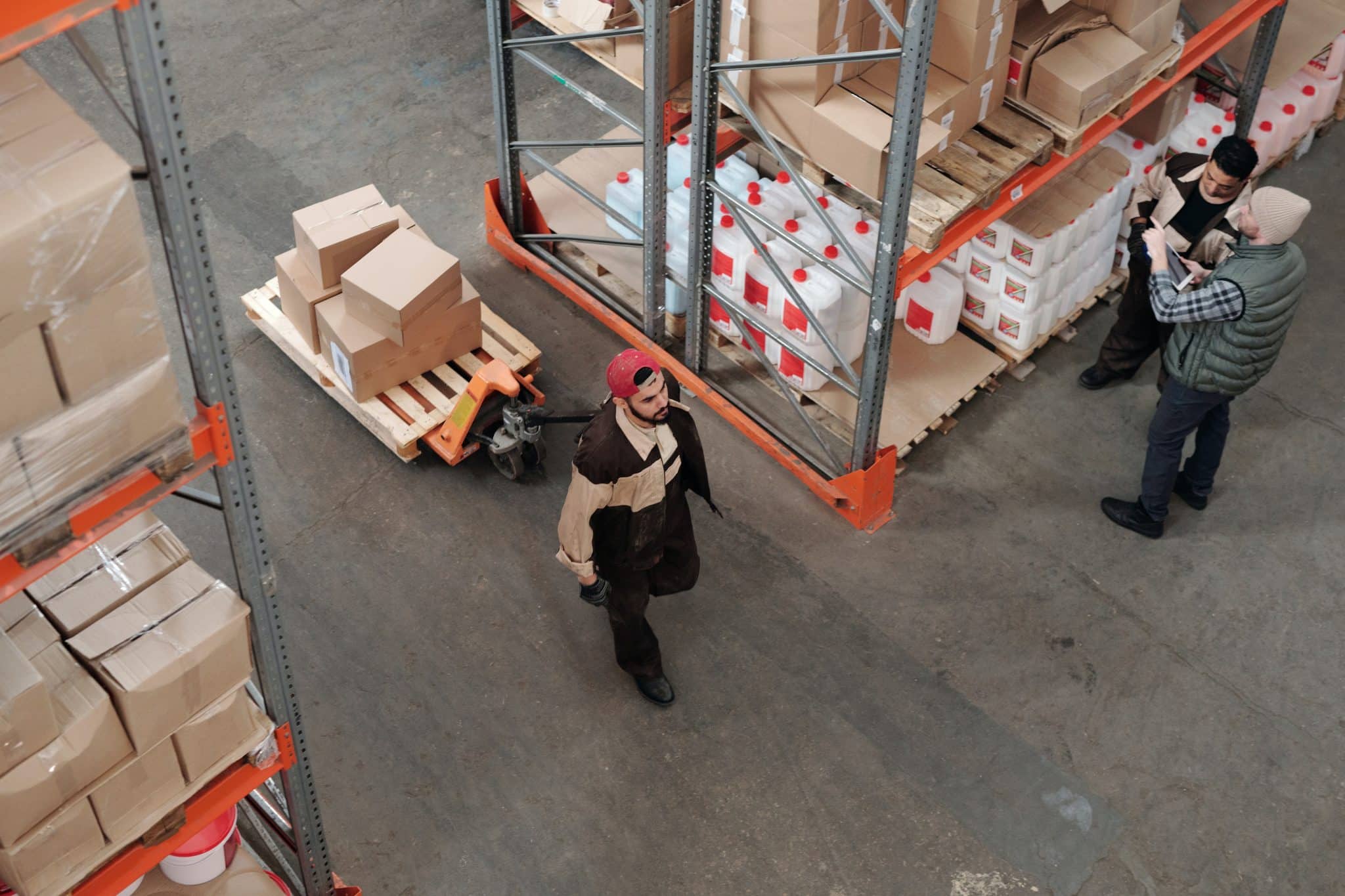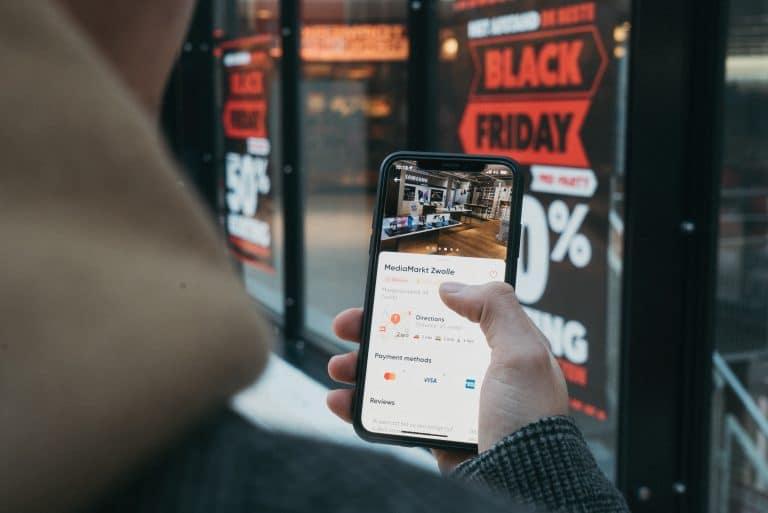Dive into the heart of India’s burgeoning Direct-to-Consumer (D2C) market poised to hit a staggering US$ 30-35 billion GMV with up to 3 billion shipments by 2027. Redseer Strategy Consultants unveils the critical role of third-party logistics providers (3PLs) in this growth story. Gain valuable insights gathered from 60+ emerging D2C brands in India, decoding their unique expectations from 3PL partners based on category and size.
From fashion to packaged foods, each sector demands tailored logistics solutions. Discover why return management is pivotal for smaller fashion brands, while cold-storage supply chains are a game-changer for Beauty & Personal Care. Unearth the need for reliable insurance and hassle-free claims in Home & General Merchandise, and why dense networks are a lifeline for Packaged Foods & Beverages.
In this report, Mrigank Gutgutia, a partner at Redseer, reveals the keys to 3PL success—tech-driven reliability, shipment protection, and cost-effectiveness. Moreover, nationwide reach is a common denominator for all D2C brands. Delve deeper into the 3PL partner map, segregating providers to align with D2C brands’ preferences.
This report offers path to navigating the dynamic landscape of India’s D2C revolution. To fully grasp the strategies driving this monumental growth, download the complete report now. Seize the opportunity and stay ahead in this transformative market!








